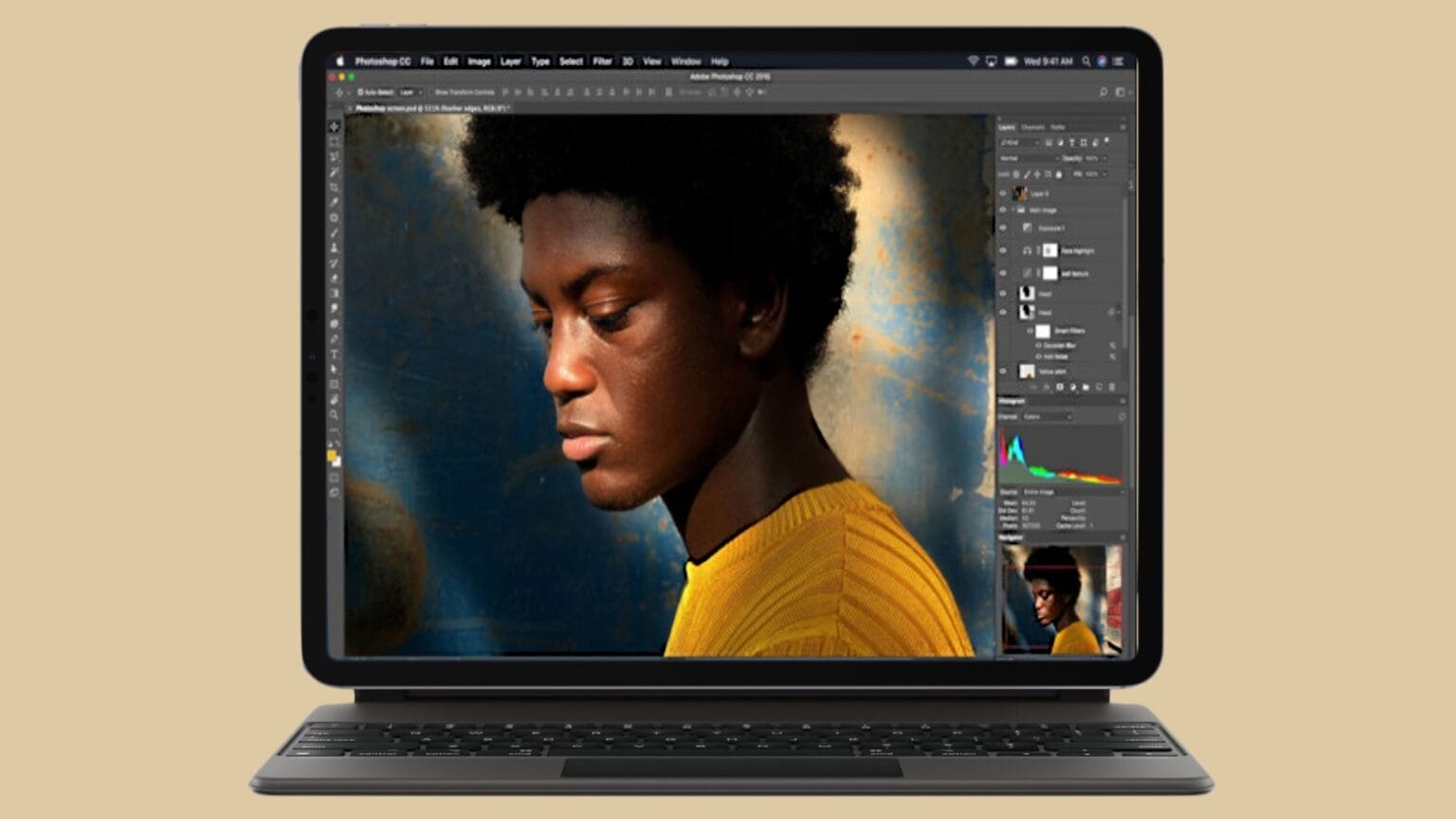Future iPads will be built around Apple’s M-series Mac processors, rather than A-series iPhone chips, according to a recent unconfirmed report. This is a much-needed step in Apple tablets becoming all they can be.
A more powerful processor would allow iPads to easily run macOS software. And that’s just one of the game-changing improvements possible for tablets with M-series chips.
A logical upgrade
iPadOS is written for Apple’s A-series processor, but both the A-series and new M-series are Arm-based — porting iPadOS to M-series processors should be a trivial task.
And it would give Apple tablets a considerable jump in speed. The 2020 iPad Pro running an A12Z chip scores 4650 on the Geekbench 5 multicore test. The 2020 MacBook Air with an M1 processor pulls in 7315 on the same test.
It seems likely that only the iPad Pro series would use M-series chips. Other models would stick with the cheaper A series.
iPads should run macOS software
The additional processing power should be used to enable iPads to run full Mac applications. But that’s very different from an iPad running the full macOS.
There’s no sense in putting the Mac user interface on a tablet that already has iPadOS. And there’s a good reason not to: The macOS UI isn’t designed for a touchscreen. The horrible result would be an iPad that required a trackpad or mouse to be useful for almost anything.
Instead, an iPad with an M-series chip should run iPad applications just like its predecessors … but also be able to run Mac applications. There’s a precedent of sorts: Macs with the new M1 processor can run iPad apps.
True, iPad users would need a keyboard and mouse to work with most Mac software, but users would know that going in. They’d be aware they should only open the macOS version of Photoshop (for example) when they have a keyboard and trackpad attached to their iPad.
Consider that the iPad and Mac apps would have access to the same files. Someone could access a document with an iPad application when they’re on the go, and then open that same document with a Mac app when back in the office.
But a big advantage of this arrangement is that those who don’t need Mac applications would never have to fool around with any of this.
Greater support for external monitors
iPads already have limited support for second displays, but that needs to improve. Side-by-side multitasking on the tablet’s built-in display is great, but many people use an iPad as their primary computer. Access to additional displays would make their jobs easier.
An M-series processor is powerful enough to handle multiple Mac applications running full-screen on a pair of displays — surely it can handle iPad applications on separate displays equally well.
Of course, the second screen isn’t likely to support touch, so a trackpad or mouse would be required to use it. That wouldn’t be a huge burden considering the external display would almost certainly only be connected when sitting at a desk.
And this feature might be combined with running Mac software. Perhaps the iPad could only run macOS apps on an external display.
iPads need additional Thunderbolt/USB-C ports
The single USB-C port in the iPad Pro series and new iPad Air 4 has to handle both charging the tablet and connecting to external peripherals. Sometimes that’s not enough. A real iPad Pro should offer multiple USB-C ports.
And an iPad with an M-series processor should be able to handle Thunderbolt, too. With the tablet built around a Mac chip, and possibly running Mac software, there’s no reason to exclude faster Thunderbolt connections.
Better, stronger, faster
The report that Apple plans to put M-series processors in future iPads is unconfirmed. And it’s from Economic Daily News, which doesn’t have a stellar reputation for accurate Apple insider info.
Nevertheless, this would be a logical next step for iPads. Apple built its tablets into powerful devices that many people depend on as their primary computer. The days are long gone when an iPad could be called an oversize iPhone.
But Apple can’t simply keep up incremental improvements. In five years, an iPad just like today’s but with a faster processor isn’t enough. Using an M-series processor to run Mac applications is a reasonable way to keep improving these tablets. And the same goes for greater support for external displays and additional USB-C ports.


